By Nigel Wigmore
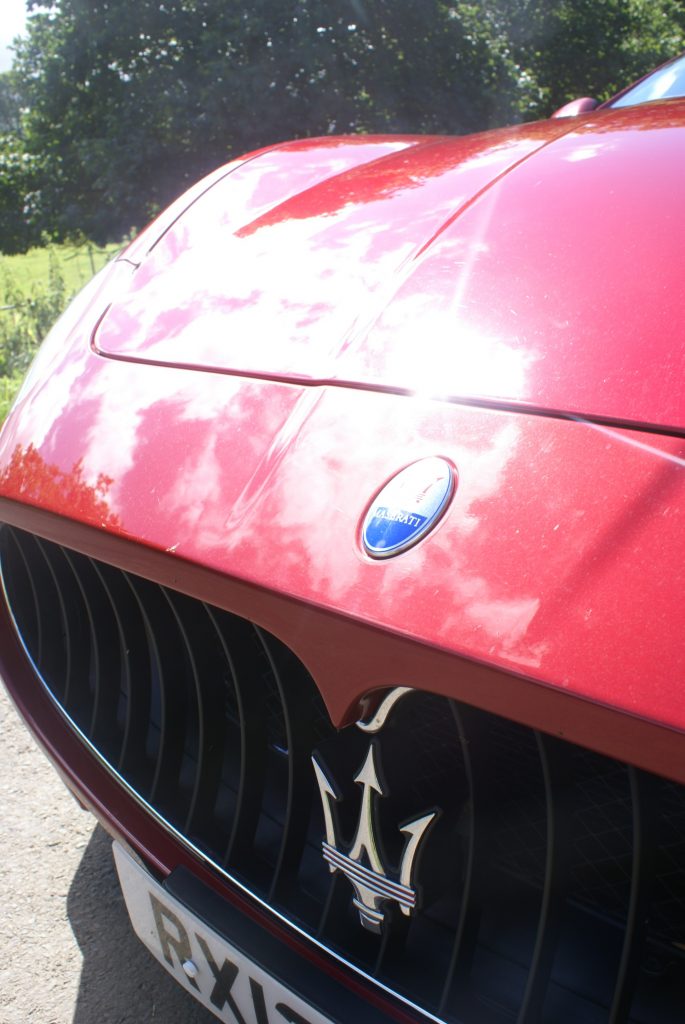
SONY DSC
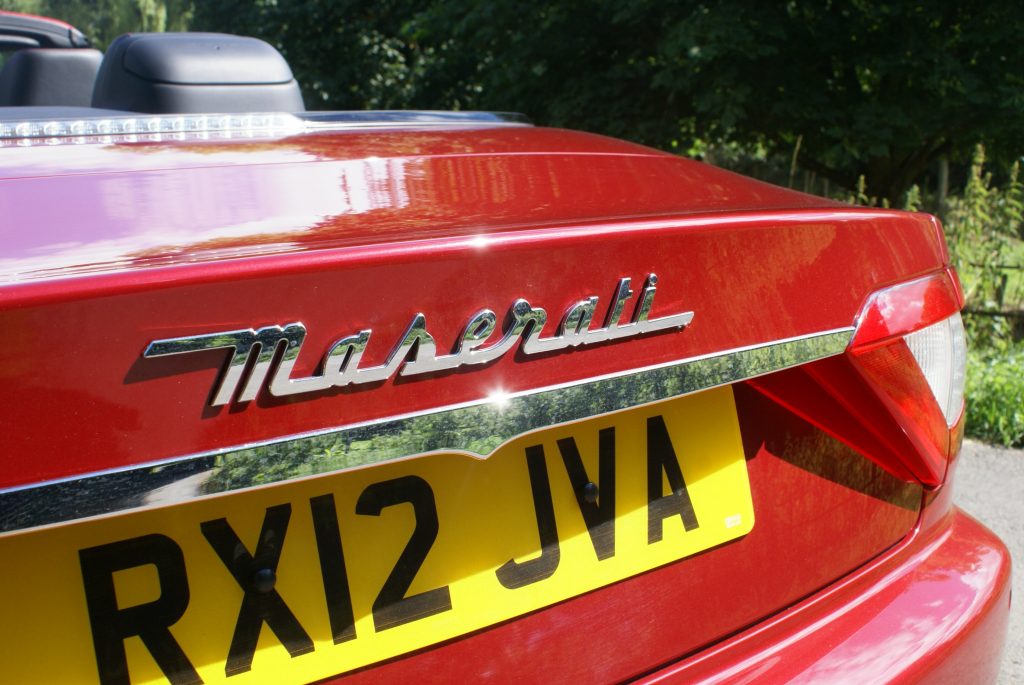
SONY DSC
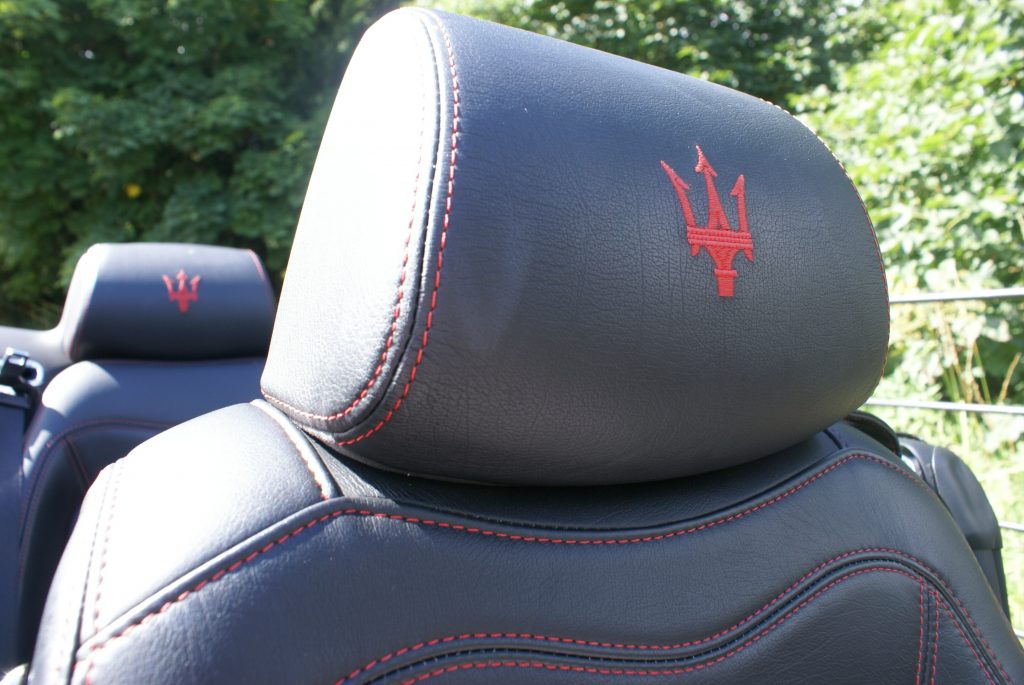
SONY DSC
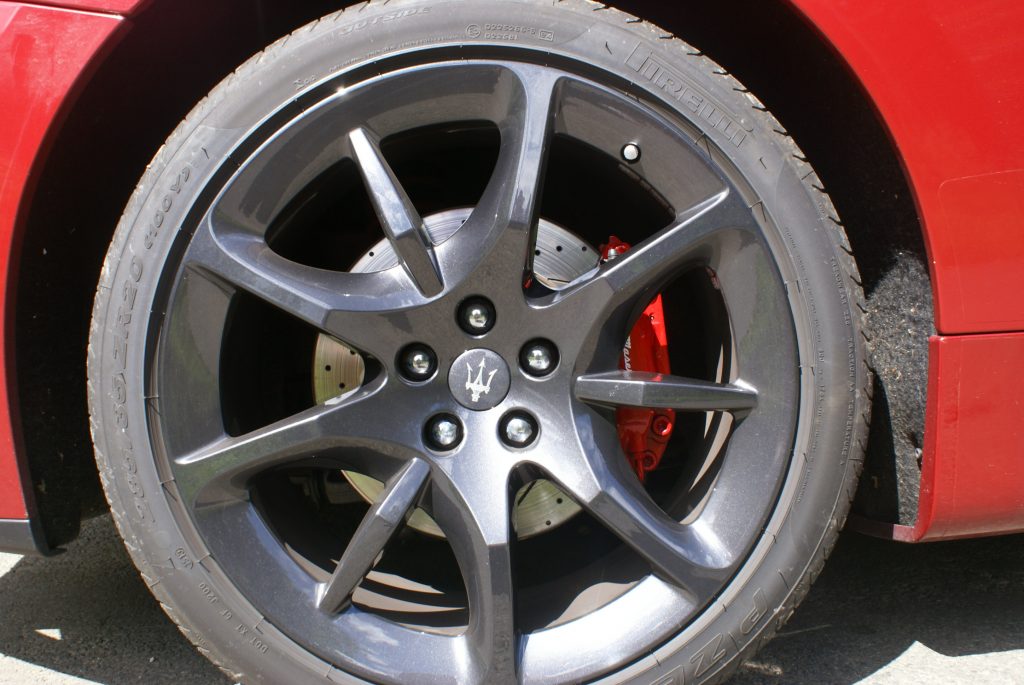
SONY DSC
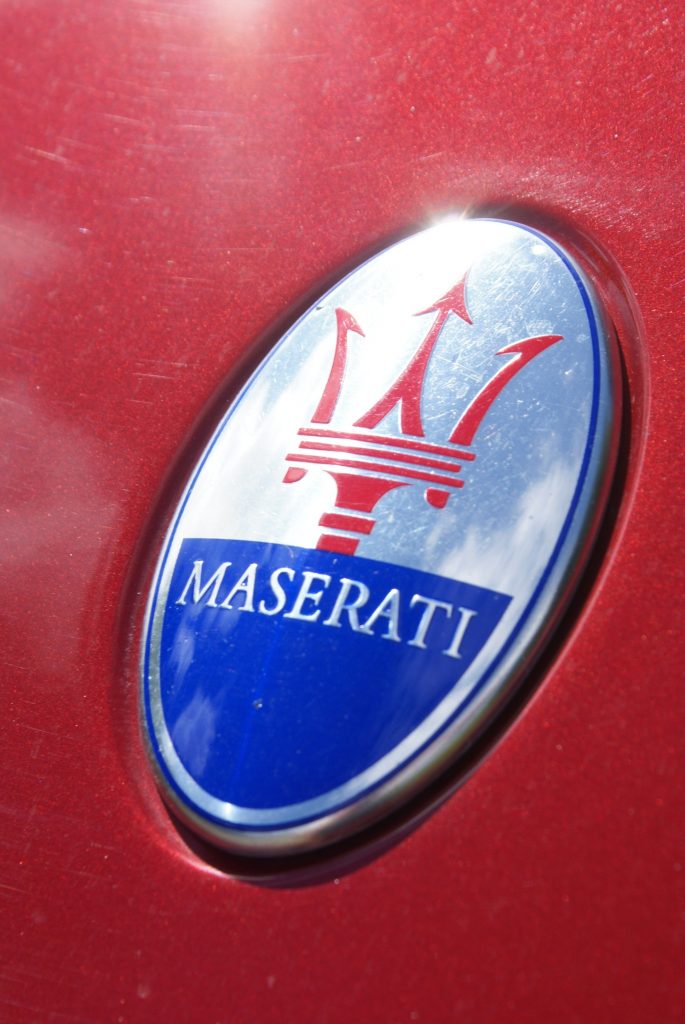
SONY DSC
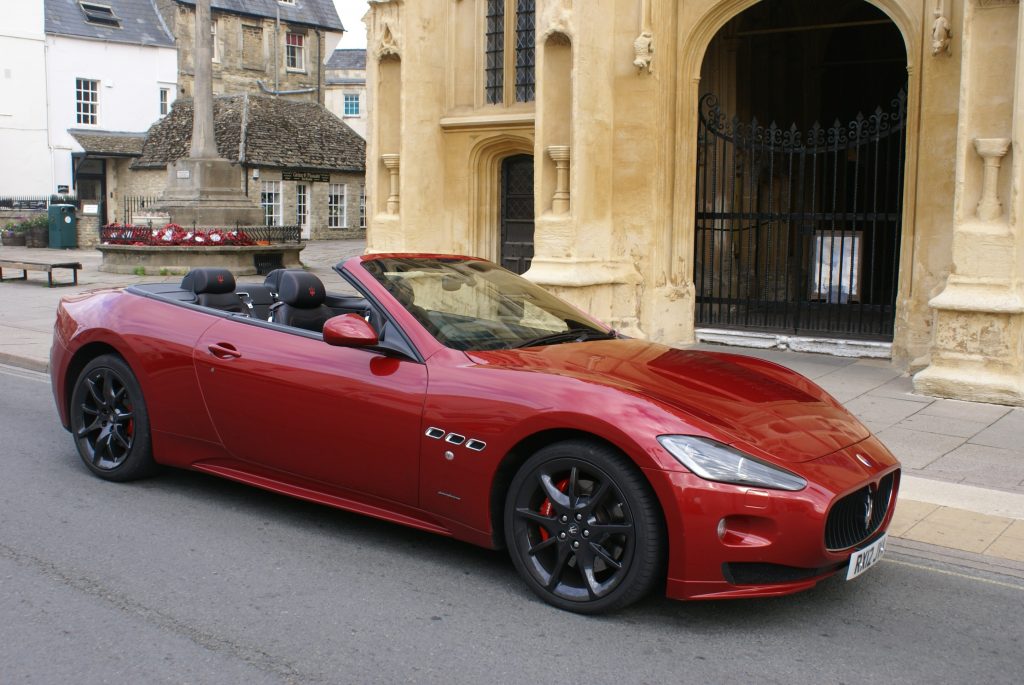
SONY DSC
The magic of the Maserati name resonates across many decades of car manufacture in Italy, ancestral home of fabulous sports cars.
In the Sixties when the whiff of such exotic cars reached the eager noses of young British fans such as myself, the closest we got to even thinking about getting near a Maserati was something called Maserati air horns.
This colourfully named addition to a car made a two-tone, singsong sound that could only have been invented by car-mad Italians and we probably thought was cool. Anyone who fitted them to their MGB or Austin Healey Sprite was very likely considered cool, too. Whatever we felt at that time – and enthusiasm for cars and motorcycles was rife – I am sure then we could only dream about actually driving a Maserati.
Well this week older (but probably no wiser) I drove a car bearing the legendary name of those sports cars that seemed so elusive in our boyhood imagination, the unequivocally fabulous Maserati GranCabrio Sport.
With the most powerful engine in the Maserati range – a 4.7-litre V8 producing a giant 450hp at 7,000 revs – this car could prove a handful in any road-going form. Yet because of the flexibility of such a muscular engine and the classy way the car has been built, the Maserati GranCabrio Sport was just as happy at cruising speeds as it was opened up at full throttle.
But there is another important aspect of driving these supercars as anyone who has browsed YouTube will tell you: it is the all-important sound they make. The “ordinary” sound the GranCabrio Sport makes when you start up – when that V8 bristles and burbles into life – is satisfying enough but when you press a button on the dashboard and switch the car into Sport mode, the sound is one of the best you are likely to hear coming from the exhaust of any car.
When you accelerate using the paddle gears – the main transmission is automatic – the car bursts into life. But the real joyful sound that reaches you inside the car – and presumably interested onlookers – is when you decelerate and take the engine down through the gears. Then you get explosions of sound that tell you that there is an engine under the bonnet that is not afraid to flaunt itself and that it means business.
I have to say that although you know that people watching the car are doing just that – ogling a spectacular sports car – by association (as driver or passenger) the spotlight is on you. And of course this does the old ego no end of good: I don’t think anyone who drives such cars and does not admit this would, as they say, be telling porkies.
But I suppose that once you have decided to part with the £100,000 plus for the Maserati GranCabrio Sport you feel entitled to feel a bit special yourself.
Apart from stroking the ego, this Maserati is also a comfortable and somehow reassuringly traditional sports car. And the test car was in a beautiful shade of red. It had all the equipment one would expect from a 21st Century super model but somehow the feel of it to drive is firmly rooted in its illustrious past.
One of the great things about testing this car has been an opportunity to delve into Maserati’s history. On the Maserati website (www.maserati.com) there is a lucid picture timeline that takes you through the marque’s history year by year from 1900 (recommended if you are an enthusiast).
I vividly remember watching the Argentinian driver, Juan Manuel Fangio, as a child in the Fifties: Fangio who drove for Mercedes and Ferrari crowned his career as one of the greats of motor racing in a Maserati.
What the past tells you is that the Maserati family was passionate about speed. Carlo Maserati designed his first single-cylinder engine at 17. Mounting it on a bicycle, he immediately won a prestigious rally. Later, the Maserati brothers with Alfieri Maserati leading the way started a humble garage business in Bologna in 1914. The rest, as they say, is history: in the 1920s racing predominated with the Maserati V4, but selling cars had begun, too, with sales to “private drivers” – the gentlemen motorists of the time.
A milestone was in 1946 when Maserati put on show its first real production car, the A6 – other than for racing – at the Geneva Motor Show.
Today, Maseratis manifest themselves in super cars such as the GranCabrio Sport. There was the acknowledged masterpiece, the Ghibli, which harks back to a debut in Turin in 1966 when it wowed the public and press alike; then the Bora in the Seventies. In the 21st Century, in 2013, there is a varied range of models that still conjure up that old Maserati magic that is found deep down in their auto-making genes.
Factfile
Maserati GranCabrio Sport
Price: £102,615
Engine: 4.7-litre V8
Top speed: 177mph;
0-62mph: 5.2 seconds
Combined (mpg): 19.5; CO2: 337g/km
Transmission: six-speed automatic with paddles
